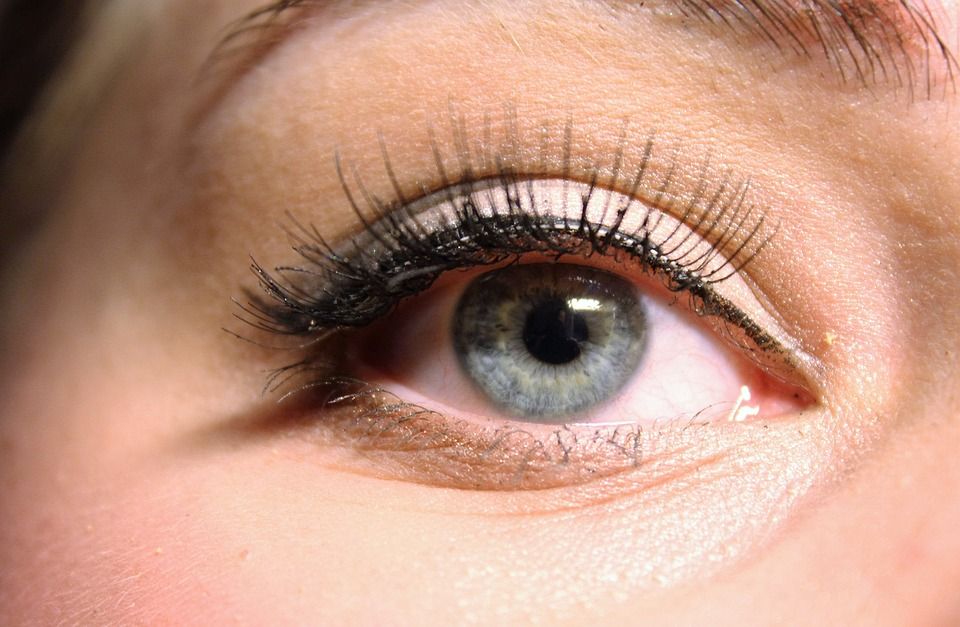Myopia

What causes myopia?
Myopia is usually caused by the extended growth of the eye which causes an error in the way that light focuses on the retina. Instead, the light rays focus on a spot just in front of the retina, resulting in distant objects appearing blurred.
Why have I developed myopia?
Research has been unable to pinpoint exactly why some people develop myopia and others don’t. However, there are some elements that will increase your risk of developing the condition. These include:
Genetics – myopia is well known for running in families, and so if your parents are short-sighted, chances are you may well be one day too!
Excessive close-up work – unfortunately, the majority of us spend a large amount of time looking at a laptop or computer screen for work. And even if we don’t use much technology for work, many of us are glued to our tablets or smartphones. Such long periods of focusing your eyes this way can increase your risk of developing myopia. Most eye doctors recommend that people who spend extended amounts of time at a computer, laptop or similar should take regular breaks to ‘stretch’ their eyesight as well as their legs!
Not enough time outdoors – some research has suggested that by not spending enough time outside you are at greater risk of developing myopia. This may be because your eyes are unable to adjust to the brightness of being outside.
How do I know if I have myopia?
If objects that are far away start to look blurred or out of focus, then you may be starting to develop myopia. You may also find that you:
Need to sit closer to the television
Get regular headaches
Feel that you are straining your eyes
A visit to your eye doctor should be all that is needed to make the diagnosis. He will perform a number of different sight tests to determine whether you are long-sighted, short-sighted or have any other form of vision problems. Most eye tests are usually non-invasive, although there may be occasions where your eye doctor feels it is necessary to use drops.
Degrees of Myopia
When you have your eye test, your doctor will measure the focusing power of your eyes using diotropes. This is a technical measurement that explains how strong a lens would need to be in order to give you the best possible vision. Patients with myopia require prescriptions with a minus lens in order to reduce the amount the light bends when it enters the eye. This will be represented on your prescription by a minus number, e.g. -3.00D. The higher the number, the more short-sighted you are.
Mild myopia is usually classed as being up to -3.00D.
Moderate myopia is usually classed as being between -3.00 and -6.00D.
Severe myopia is usually classed as being over -6.00D.
The majority of patients with myopia will have a prescription of less than -6.00D. However, some people who have severe myopia may be at risk of further sight problems in the future. Speak to your eye doctor for further information.
Can myopia be treated?
There are several different treatments suitable for patients with myopia. However, the variety recommended to you may depend on the severity of your condition. The most common ways of correcting myopia are:
The use of corrective lenses either in the form of glasses or contact lenses.
Laser eye surgery. This is an increasingly popular way of treating myopia and works by altering the shape of the cornea.
Artificial lens implants. This is a procedure that involves a corrective lens being permanently inserted into the eye in order to improve vision.
If you believe you are suffering from myopia, we highly recommend that you make an appointment with your optometrist as soon as possible.


